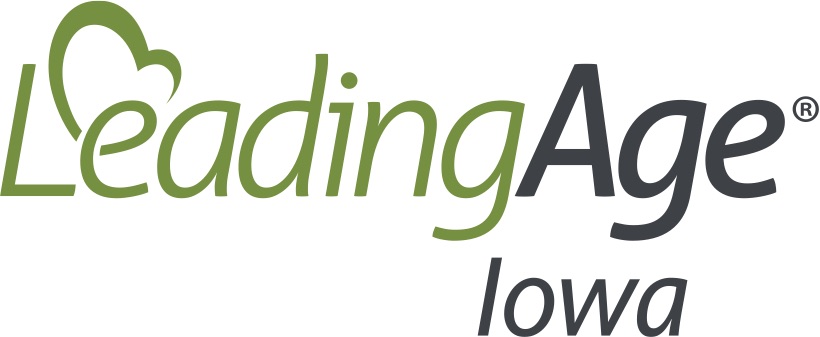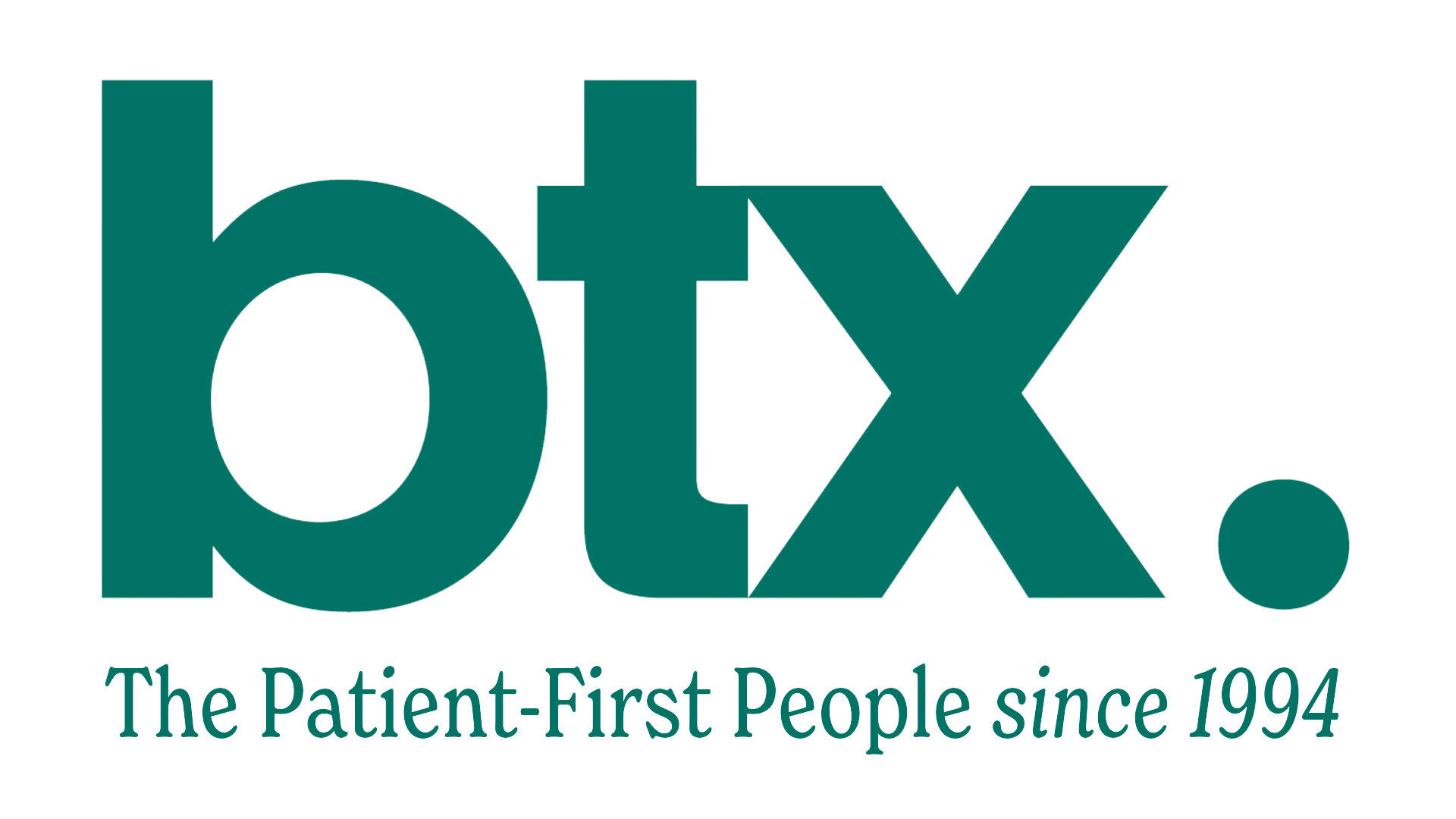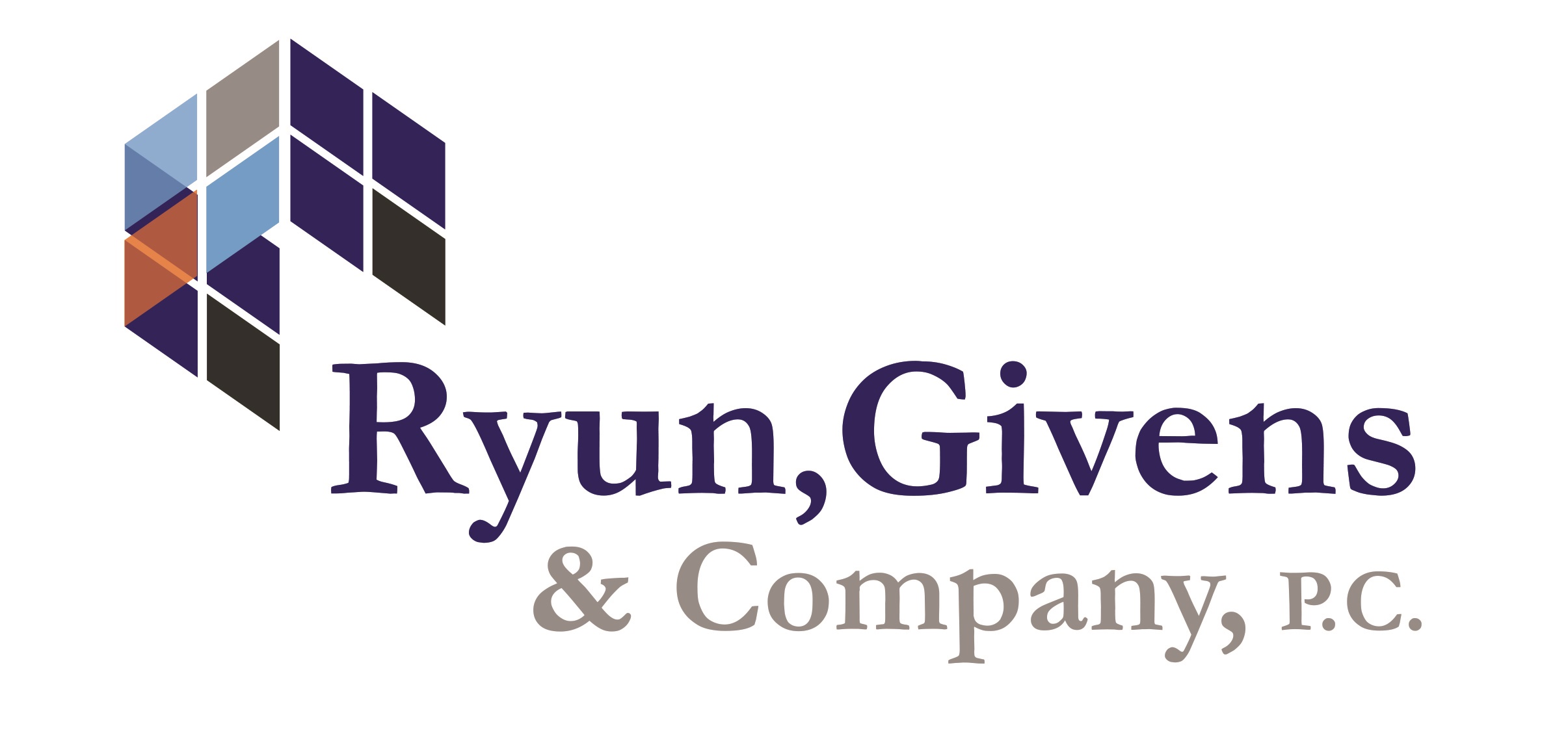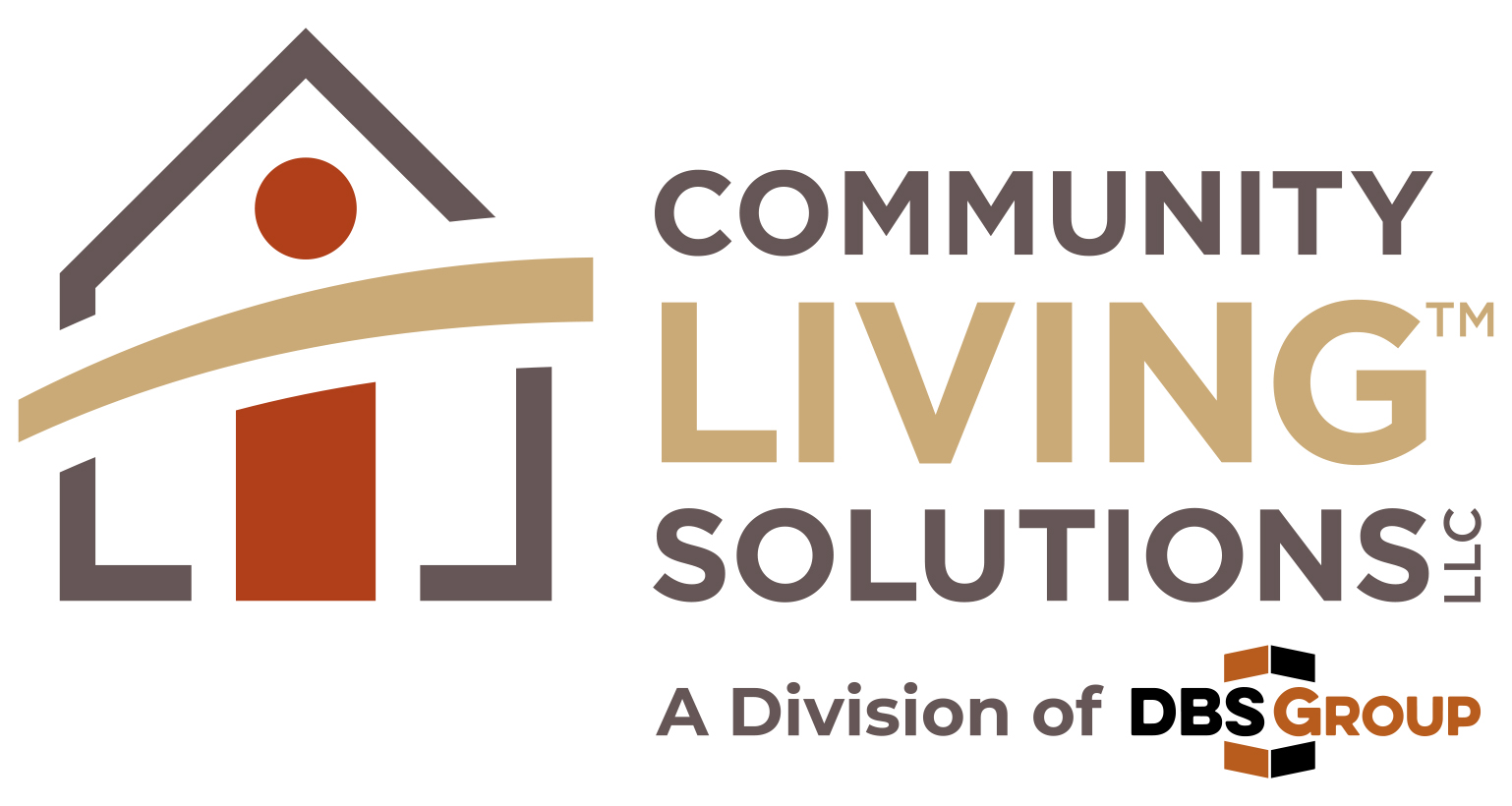Orientation and Onboarding
Entering into a new job can be a scary and overwhelming experience. New staff of all ages can be intimated by the paperwork, volume of new people they are meeting, and training materials. Studies show that organizations who take special steps to successfully onboard incoming staff increase retention rates. Preparing an orientation program that quickly assimilates new staff into the workplace culture can be the difference between keeping a new staff member for years instead of months.
Orientation and Onboarding
Organizations are finding new and innovative ways to onboard new staff. Some are hiring individuals specifically tasked with creating a welcoming experience, others are forming committees of staff members to review current procedures. Regardless of your approach, focusing on a positive experience for a new employee can lead to higher retention levels and lower costs.
Some organizations are asking themselves the following questions when reviewing their onboarding and orientation procedures:
- What is it like the moment you walk in the door? The first few hours at the organization? The first week? Two weeks? How do you build a positive experience for all those time frames?
- Do new staff members meet all levels of staff, including peers, supervisors, and administration? Are they greeted in a warm, friendly manner? What steps or training needs to occur to prepare staff to meet these goals?
- How is the mission, history, value, and culture of the organization conveyed to the new employee? Is it during a single point in time or throughout the onboarding experience?
- What is the process of orientation? What do new employees learn on a given day? Does it start with paperwork, a meal, a tour, meet and greet? Is the information given out in reasonable, digestible bites?
- Are new staff given points of contacts within the organization to help guide them if they have questions or need support?
- What orientation materials are provided? Is it easy to understand or dense and complex?
- Are there check-ins throughout the first weeks to see how the new person is acclimating to working at the organization?
- Do you hold orientation with more than one person to help build relationships between new groups of employees?
- Does the new employee provide feedback on the onboarding process to help improve it in the future?
These are just a few of the key questions all organizations must ask themselves when onboarding and orienting new staff.
The following are different studies, practices and research regarding onboarding and orientation from LeadingAge and its members:
|













